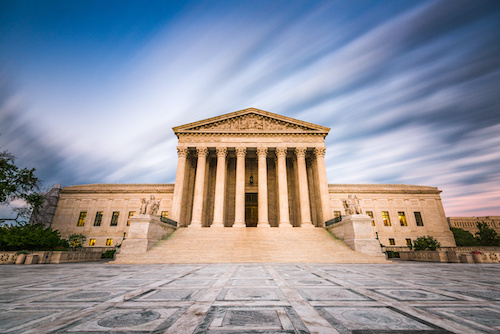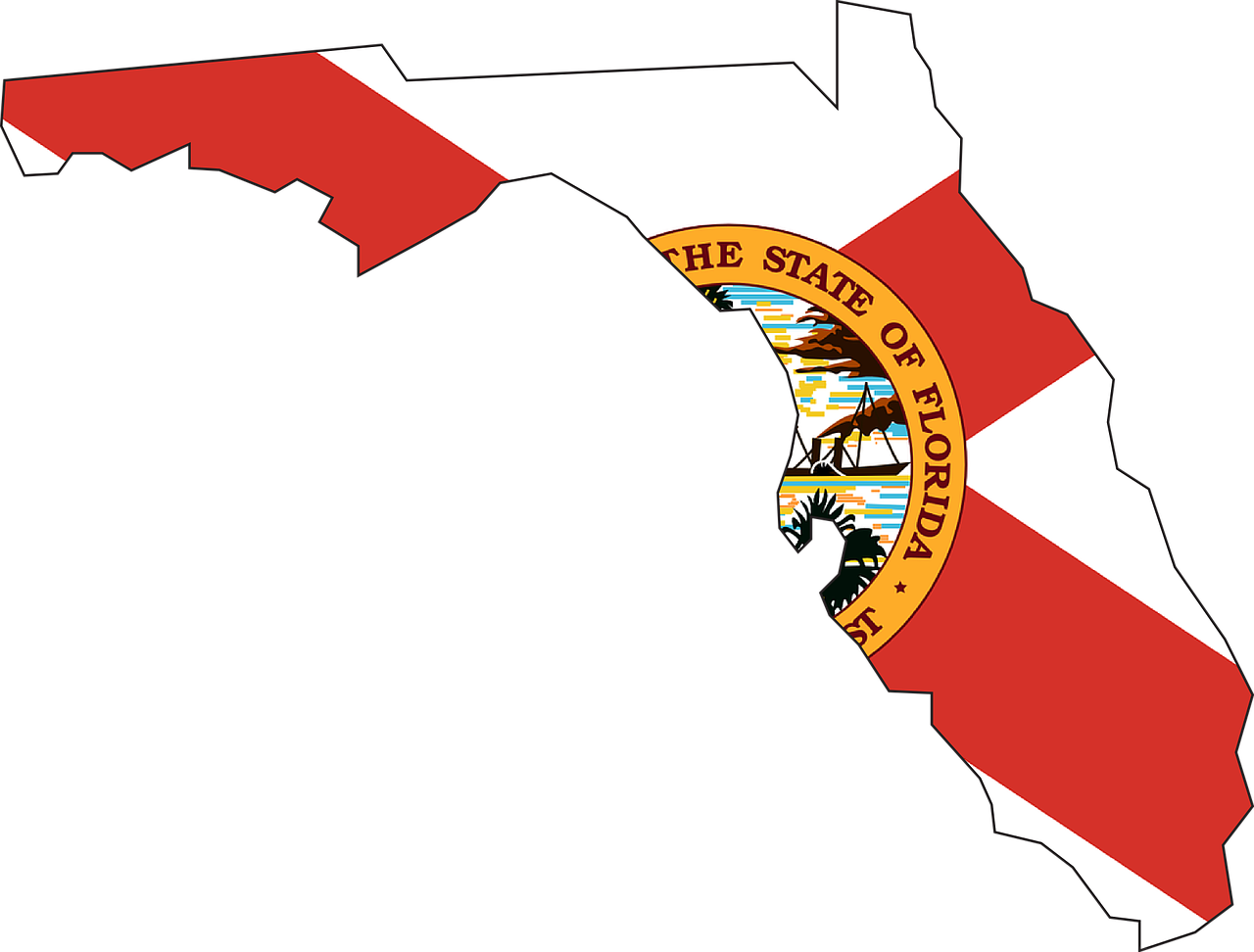Latest Bid to Review Rule 36 Practice Shot Down by SCOTUS
“The Federal Circuit’s Rule 36 Judgment creates uncertainty and confusion. Patent Owner – and the public – are left to guess which of these alternative scenarios the Federal Circuit actually intended (i.e., which set of claim constructions it found was correct) when it affirmed.” – Schwendimann petition
Following the denial of another petition for certiorari in March, Jodi A. Schwendimann today lost her bid for review at the U.S. Supreme Court on the question of whether it is permissible for the U.S. Court of Appeals for the Federal Circuit (CAFC) to issue a Rule 36 affirmance of claims as being anticipated when, according to the petition, two different venues issued inconsistent claim constructions and it isn’t clear which the CAFC has deemed correct.
According to Federal Circuit Rules, a Rule 36 judgment can be entered without an opinion when it is determined by the panel that one of five conditions exist relating to the underlying decision being sufficient or exhibiting no error of law. In such cases, because a written opinion would not have precedential value, a judgment of affirmance without opinion is allowed. However, many have criticized the court’s increased use of these decisions.
In March, the Supreme Court denied a different petition filed by Schwendimann asking for review of a CAFC decision that affirmed a Patent Trial and Appeal Board (PTAB) determination that Schwendimann’s patents were obvious. The petition specifically asked the Court to review the CAFC’s holding that Schwendimann’s argument that “justification for selection of a primary reference is a necessary step to guard against hindsight bias for the motivation to combine references” was unsupported by Federal Circuit case law.
In the petition denied today, Schwendimann asked the High Court to weigh in on whether the Federal Circuit should be directed to clarify which claim construction it agreed with where the district court and PTAB adopted different constructions despite applying the same standard set out in Phillips v. AWH Corp., 415 F.3d 1303 (Fed. Cir. 2005).
The patents at issue generally cover “‘polymeric compositions’ both per se and as a ‘release layer’ in an image transfer sheet that may be used for transferring images to fabrics, such as T-shirts.” According to Schwendimann, “if the District Court’s claim constructions were applied, the claims could not be anticipated by Kronzer-769 [the relevant prior art] because Kronzer-769 does not expressly or inherently disclose the claim limitations as construed by the District Court.”
However, since the Federal Circuit issued a rule 36 decision, “[i]t is unknown which set of claim constructions the Federal Circuit applied when it conducted its anticipation analysis and found the claims anticipated,” said the petition: “(1) the PTAB’s constructions, (2) the District Court’s constructions, or – somehow – (3) both sets of constructions….”
The petition added:
“The Federal Circuit’s Rule 36 Judgment creates uncertainty and confusion. Patent Owner – and the public – are left to guess which of these alternative scenarios the Federal Circuit actually intended (i.e., which set of claim constructions it found was correct) when it affirmed. Patent Owner (and the public) do not know how the Federal Circuit construed the claim terms when it analyzed anticipation….
This case presents the Court with an opportunity to clarify when Rule 36 Judgments without opinions are proper (and when they are not) and to provide clarity to factfinders and litigants on this important issue.”
In its brief in opposition, however, Neenah, Inc. argued that “the core premise for Petitioner’s challenge—that it is ‘unclear which claim constructions the Federal Circuit adopted when it engaged in its anticipation analysis’—is wrong…. The only claim constructions being reviewed by the Federal Circuit were those decided by the Board.”
Furthermore, Neenah pointed out, the use of Rule 36 has been challenged at the Supreme Court and denied certiorari twice in recent years. In Bobcar Media, LLC v. Aardvark Event Logistics, Inc., New York City-based marketing company Bobcar Media filed a petition in 2021 asking the Court to consider various legal issues related to the use of Rule 36 summary affirmances by the Federal Circuit. Bobcar said that the Federal Circuit’s Rule 36 practice “has gotten out of hand, contravening the principles set forth by the Founders of the Constitution, and basic tenets of justice.”
And in Virentem Ventures, LLC v. Google LLC, No. 22-803, 143 S.Ct. 1060 (Mar. 27, 2023), petitioner Virentem asked the Court to consider reviewing the invalidation of seven patents at the behest of Google via the PTAB that stemmed from an inventor’s master’s thesis at the Massachusetts Institute of Technology related to a form of audio processing called Time-Scale Modification.
The petition, denied on March 27, 2023, said that “[t]he Federal Circuit’s Rule 36 practice has brought unexplained disparity of legal outcome to basic questions of administration of justice in the patent system, which are impacting patent owners and the public alike, and certainly each of the more than one hundred other patent owners who were denied vested property rights without opinion in just the last four years.”
Rights acquired by AdobeStock
Eileen McDermott
Eileen McDermott is the Editor-in-Chief of IPWatchdog.com. Eileen is a veteran IP and legal journalist, and no stranger to the intellectual property world, having held editorial and managerial positions at […see more]







